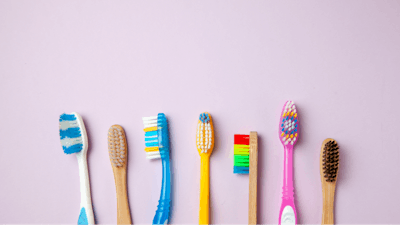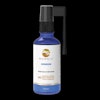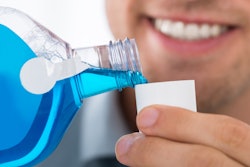
Manual toothbrushes with specific features like cross-angle bristles combined with brushing using the modified Bass method may be the most effective method for removing plaque and reducing gingivitis.
However, to determine the optimal time for toothbrush replacement, further research is needed on the relationship between bristle wear and oral health, the authors wrote.
"The findings of this study could guide people's daily self-brushing habits, thereby aiding the prevention of periodontal disease," wrote the authors, led by Yoshino Kaneyasu of the Hiroshima University Department of Public Oral Health in Japan (J Dent, July 20, 2024, Vol. 148, 105240).
For this review study, research was searched for randomized controlled trials conducted from January 2018 to December 2023. Twenty-six studies were included involving participants ages 6 and older with a minimum duration of four weeks to assess the effectiveness of self-toothbrushing with manual toothbrushes.
The research focused on determining the optimal time to replace manual toothbrushes by examining the physical condition of the bristles and changes in microorganisms on the bristles over time. The review covered 40 manual toothbrushes and five self-toothbrushing techniques. Four studies focused on changes in the physical properties of toothbrush bristles, they wrote.
Studies using Oral-B manual toothbrushes with cross-angle indicator bristles and V-shaped heads showed improvements in plaque and gingival index scores compared to baseline data. Of all of the brushes, 13 of the soft toothbrushes significantly reduced plaque and gingival index scores, while only one medium-hard toothbrush showed a significant reduction in plaque scores, they wrote.
Eight toothbrushes with end-rounded bristles and one with tapered bristles significantly reduced plaque and gingival index scores. Furthermore, all 22 studies that reported toothbrushing frequency recommended brushing twice daily, and all studies using the modified Bass method showed reductions in plaque and gingival index scores.
Bristle splaying significantly increased after six weeks and three months, and stiffness decreased after three months. One report used a scanning electron microscope to assess bristle abrasion, finding no significant changes during the three-month study. Some studies analyzed bacteria from saliva and dental plaque samples, but none focused on detecting microorganisms on toothbrush bristles, they wrote.
The study, however, had limitations. Most of the research studies that were included offered moderate to strong evidence based on their methodological quality, but some were weak. Therefore, the results should be interpreted with caution, they added.
"Over time, in order to clarify the replacement timing a manual toothbrush, it is necessary to investigate the relationships between changes in the physical properties of each bristle tufts and difference of bristle materials, and clinical indicators of the oral cavity," Kaneyasu and colleagues wrote.




















